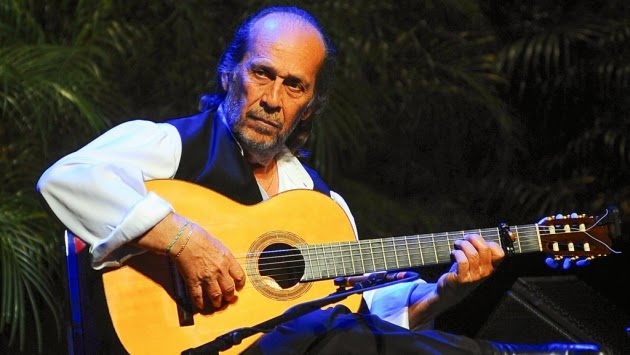The Flamenco Cajón.
The flamenco cajón
Paco de Lucia died at age 66 while playing with one of his grandchildren on a beach in Cancun ( Mexico), where he had a house in which he spent most of the year. The artist was taken to hospital and died on the way .
His home town Algeciras, decreed three days of official mourning . His name was Francisco Sánchez Gómez and lived for years in Palma de Mallorca. Having lived in the Yucatan Peninsula or in Toledo , he was out of the artistic and intellectual circles to be closer to his family.
Doctor Honoris Causa by the University of Cadiz and the Berklee College of Music, Gold Medal for Merit in the Fine Arts 92 Prince of Asturias Award for the Arts in 2004, two Grammy Awards , National Award for Flamenco Guitar and some but official recognition is beyond me , Paco de Lucía will be remembered for fusing jazz and flamenco, a comrade of shrimp and also for its world famous rumba 'Entre dos aguas' .
Camarón de la Isla , who died in 1992 , formed by a mythical artist duo Paco . Friends and colleagues , recorded ten albums between 1968 and 1977. Camarón When he died, was raised Paco quit music and had an artistic break of one year.
His father, Antonio Sánchez , inherited the art of the six strings , as this was his first teacher when Paco was only seven years. From his mother , Lucía Gomes " The Portuguese " received the name as it is in traditional Andalusian Moors refer to people as " The One ... " .
He mixed flamenco with jazz, with blues , with salsa and bossa nova. He walked the halls around the world with other guitar virtuosos such as Al Di Meola and John McLaughlin . And on February 26, 2014 , after sixty years of dedication to the art, his fingertips stroking stopped only six strings as he did.
After a month , I returned to Madrid, and I had it .
Course drawer : https://www.youtube.com/watch?v=CaABhmcIu7U







Comentarios
Publicar un comentario